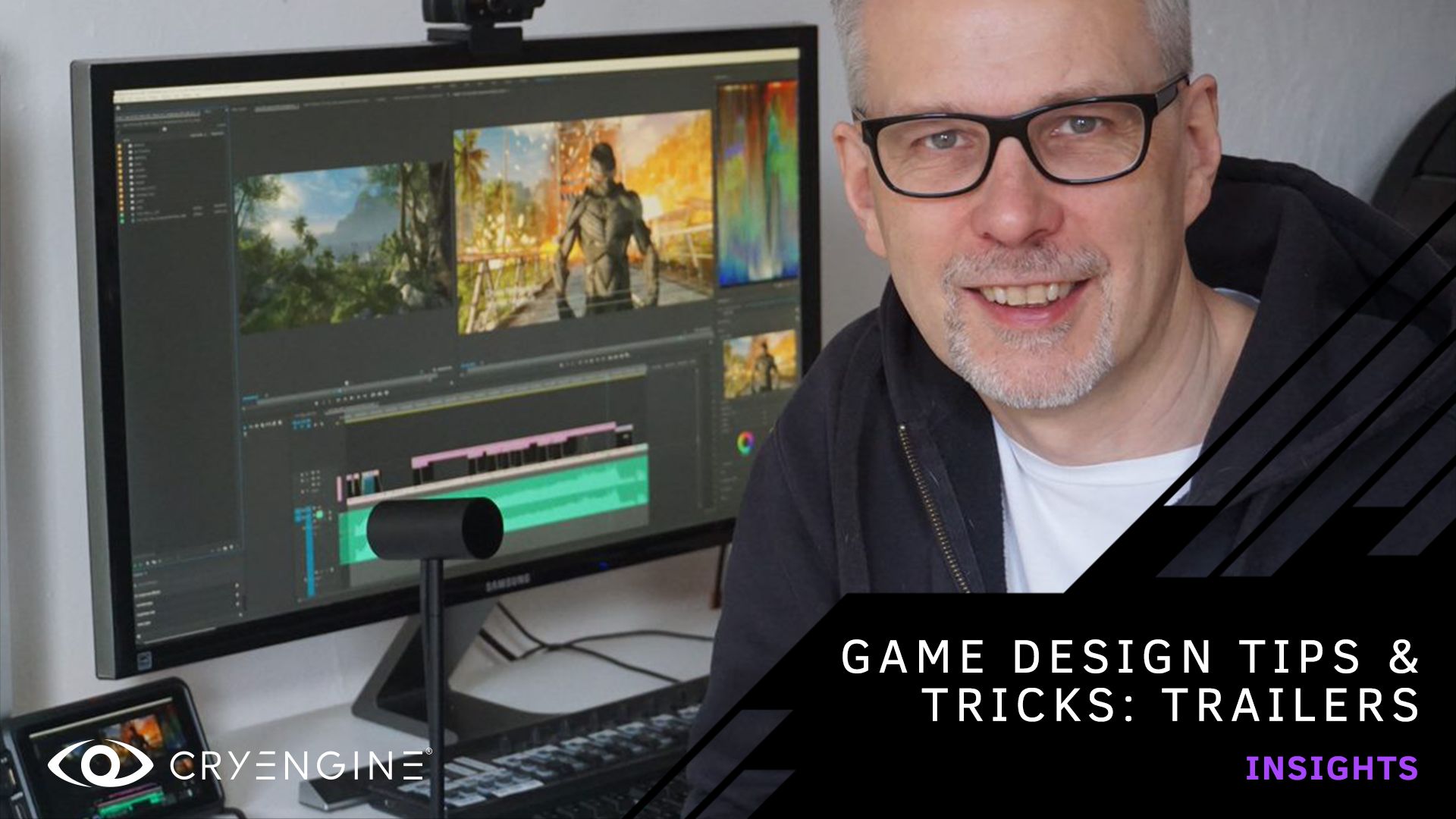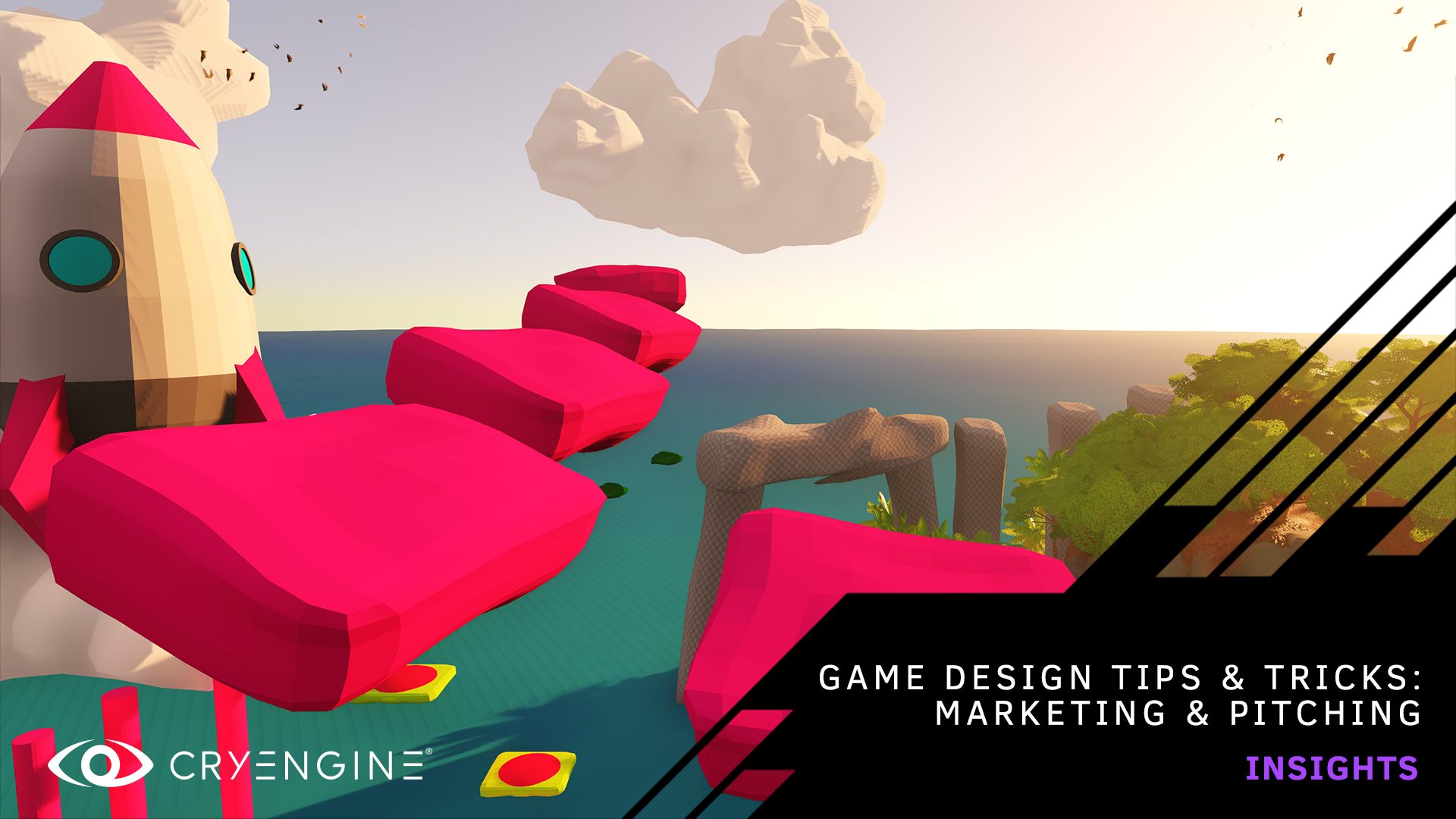
Game Dev Tips - Narrative
Need inspiration for how to approach narrative in your game? Watch a talk from Hunt: Showdown writers and pick up some top tips.
Creating a game, whether as a one-person indie outfit or as part of a wider team, draws upon a range of technical and creative talents from across many disciplines. Today we’re bringing you some top tips derived from a talk from Crytek’s very own Senior Narrative Designer Bárbara Framil and Narrative Designer Bri Williams, which was given towards the end of last year at the Games Industry Conference in Poland, one of the largest game developer events in Europe. You can check out the full talk below.
Both Bárbara and Bri work on Hunt: Showdown, which is soon to celebrate its landmark fifth anniversary, and other projects, including the Crysis franchise. The wide-ranging talk is called “The Hunter’s Journey: Narrative Design for Live Games” and lasts around an hour. The discussion includes case studies from Hunt: Showdown and gives helpful advice for anybody putting story into their games, whether it’s a live game or not. You can watch the entire talk below, but we've pulled together a few tips inspired by the stream which will be valuable whether you’re starting out with narrative or looking to expand the content once you’ve shipped.
Three Tips for Narrative Design in Games
1.Backstories bring your character to life
Think about your characters, where they come from, what their motivations are, and how that affects their role in your game. This can guide their design and how they act in your world and provides fertile ground for yet more engaging content. Those backstories aren’t always revealed to players, but elements will be. For example, in Hunt, Hunters may have just a two or three-sentence description describing who they are and the weapons they bring to the game, which players can read to give them the minimum of what they need to understand. But beyond that, players can also check out a short two or three paragraphs which describe their story, how they came to the game world, and the reasons behind their weapons. These are still short entries, but they represent a lot of hard work behind the scenes, making them feel more natural within the context of the game and the story. And by offering up more lore for players who want to discover it, you can offer a more engaging experience.
A good way to start is to think about what the characters mean and what they represent to the player. In Hunt, the team wants you to become attached to your Hunters, and feel a sense of loss when you lose them, so they are fleshed out as “real” people with their own desires and events that have shaped them. Inspiration can come from anywhere. For instance, much of the inspiration for Hunt’s Legendary Hunter, Daughter of Decay, came from Celtic culture. But all the details and motivations are grounded in the context of the game’s world. Whether you explain much about your characters in your game to the player or not, establishing backstories for core characters will help define their actions and make them feel more ‘real’ in your game world.
2.Story doesn’t have to be limited to the core plot
Immersing players in your game isn’t just about the action or the main story. Use your game’s setting as a starting point to flesh out a rich world. In Hunt, you can learn more about the game and stories within the world from all kinds of elements, from wanted posters around the Bayou to book entries to transmedia content like blogs and Twitter stories. The core game loop in Hunt keeps players battling through round after round, but the approach in Hunt has been to add all kinds of optional content for players to enjoy, and for those players who do, you can create a more engaging experience. Make your world feel richer and deeper and offer fans more ways to experience the lore of your game by building story elements into game objects and other contact points with your game. This can give further context about the action in your game and your player's experiences in it.
3.Subvert expectations
In Hunt Showdown, you usually play with a specific Hunter each time. For the Serpent Moon live event, a new approach was taken to narrative for the protagonist, Legendary Hunter Viper. The Viper was the first character to evolve through the event, with four different levels of progression. This required a different approach, as in Hunt, you are typically rewarded with a new character for your actions in the game. To add a level of mystery and desire for progression, the usual description of the character was withheld from the start. Instead, as the player progresses through each stage, art and animation was a key to expressing The Viper’s motivation and story arc, with the character developing from a reasonably plain character at the beginning to a very strong, confident, and assured Legendary Hunter by the end.
The mystery at the start of the character’s introduction compared to the usual way characters are introduced, combined with unique visual storytelling(we’ll avoid spoilers here, just in case), provided a brand new experience and a satisfying story arc that proved a hit with players. You can play with your own established norms in your games by setting a particular narrative style and then using different methods for story elements. Just make sure you ground it all within the wider context of your game.
Check out the full talk below for more insights about storytelling in Hunt and pick up further tips that could be applied to approaching your own game’s narrative.
Are you telling stories with CRYENGINE? Let us know in the comments, on the forum, or via Facebook and Twitter. Pick up tips and tricks about our engine, ask questions, and more by joining our community and the CRYENGINE development team over on our official CRYENGINE Discord channel. Should you find a bug in the engine, please report it directly on GitHub, which helps us to process the issue quickly and efficiently. Don't forget to subscribe to our YouTube channel, where we host a range of content, including tutorials covering all aspects of the engine and game design.
If you’re looking for your next career mode, we’re hiring. At Crytek, we value diversity and actively encourage people from all backgrounds and experience levels to apply to our open positions, so join us on LinkedIn and check out our careers page. Show your love for CRYENGINE with merch over on the official online Crytek Store.



